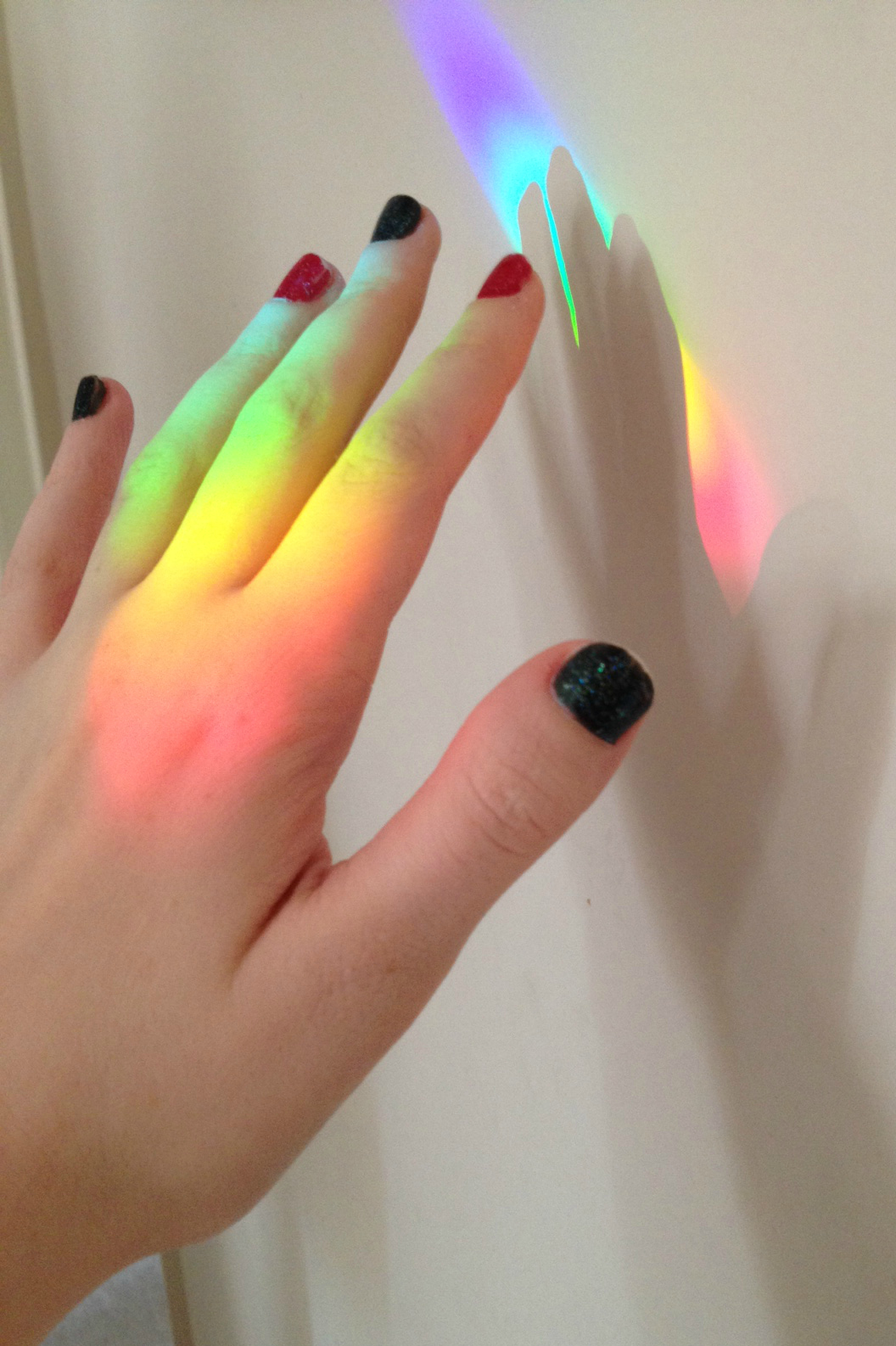AI may help deliver the UX we've been waiting for

As enterprise end-users and customers alike have embraced the digital life, the need for well-designed user experience (UX) has intensified. With so many applications, platforms and services that continue to change day by day, or even hour by hour, UX has become a major force in its own right.

Now, the world is moving to artificial intelligence (AI), which promises to greatly enhance UX, working behind the scenes to deliver automatic and intuitive responses to user requests. The benefits of AI go even deeper. A recent survey of design professionals by Adobe finds more than half, 62%, expressed interest in AI and machine learning and what they add to the creative process. AI and machine learning will have a "democratizing effect on creativity" in applications and products. AI also opens up possibilities such as 3D and immersive design.
AI is "changing how people experience our products and is also having an impact on our design process," according to Joël van Bodegraven, product designer at Adyen, and Chris Duffey, head of AI strategy and innovation at Adobe and Awwwards in their latest book, Artificial Intelligence-Driven Design. "The possibilities of applying AI are endless and can lead to significant experiences.."
With more AI in UX design, it means freeing up more user "headspace" from being overwhelmed with voice commands, gestures or buttons, van Bodegraven and Duffey point out. "The current high performing, and overly noisy world leaves very little room for users to be in the moment. Design for less choice by removing unnecessary decisions."
AI also makes designers and developers' jobs easier. Already, AI is changing the UX design process at some companies. "AI externalizes the UX," says Herman Morgan, a marketing analyst at TatvaSoft. UX design is concerned with user-friendliness, and AI provides the personalized behavioral information that can feed into application interfaces.AI-driven design has the following advantages, Morgan explains:
Eliminates one-sided testing approaches. "AI deals with the A/B testing, which considers a majority of votes rather than individual opinion," says Morgan.
Availability of right tools. "AI has the ability to create numerous design variations to respond to users shortly," says Morgan. "This paired with the information regarding user behaviors utilize both psychology and design-based approaches which makes it available for the user."
AI applies user behaviors. "AI algorithms simplify and ease out the process of improvised user experience by utilizing the information derived to revise user behaviors," says Morgan. "This settles down in more personalized designs that are able to provide, the better individual user experience."
There's another important point that needs to be emphasized. Since AI runs on data, trust -- from all quarters of the enterprise -- is essential. "Data is a true gift and precious to many users," van Bodegraven and Duffey. "It is important that we design for trust by being transparent in what we know about the user and how we're gonna use it. If possible, users should be in control and able to modify their data if needed."